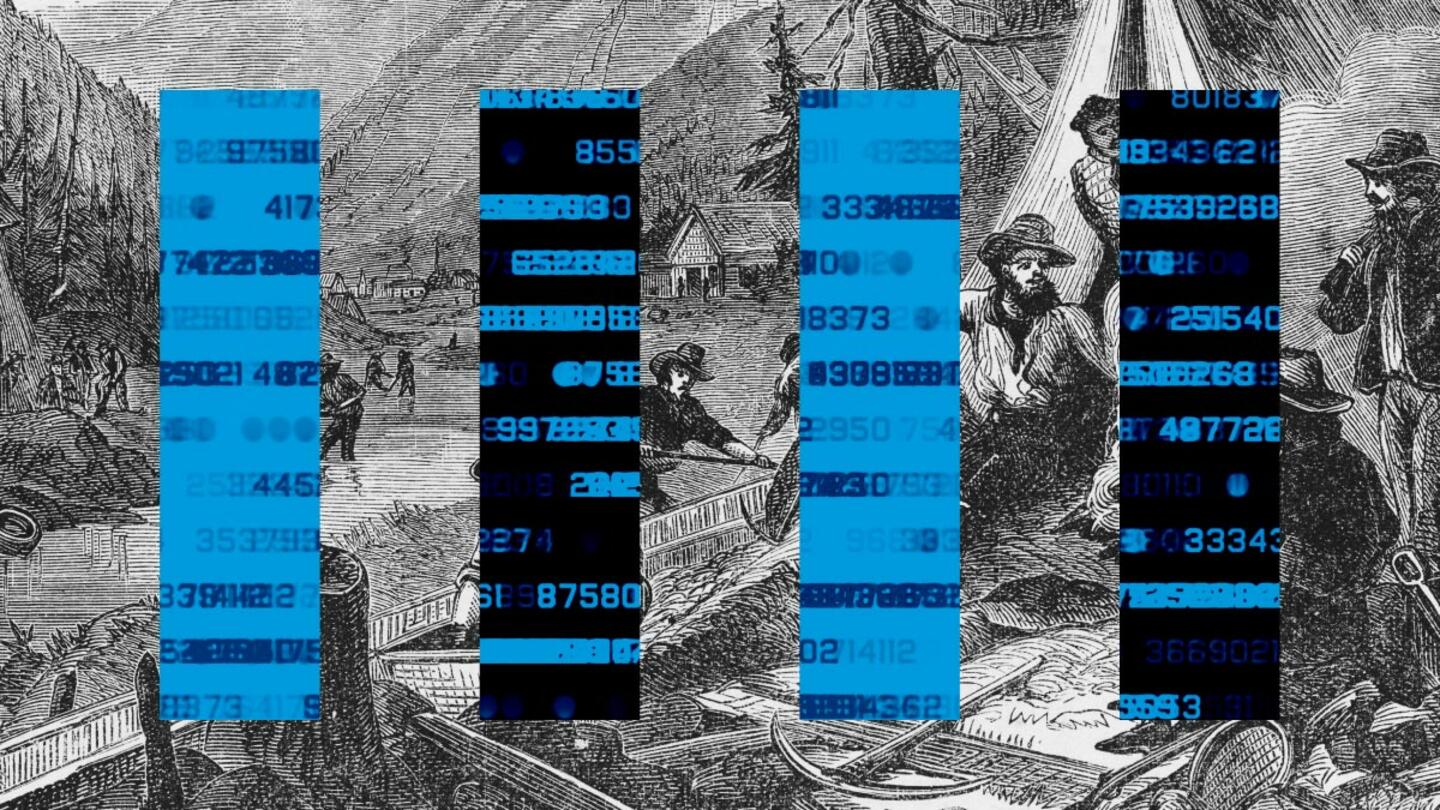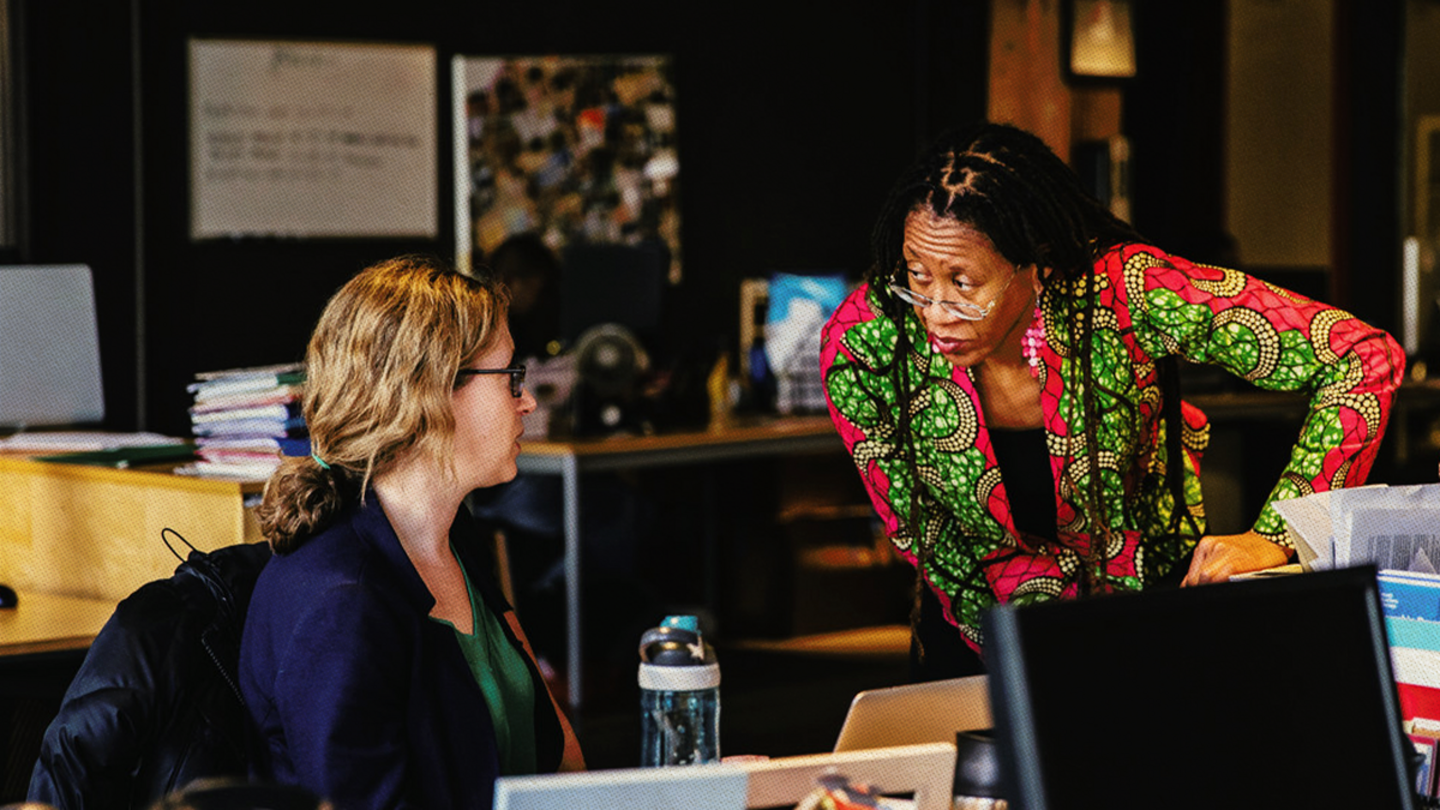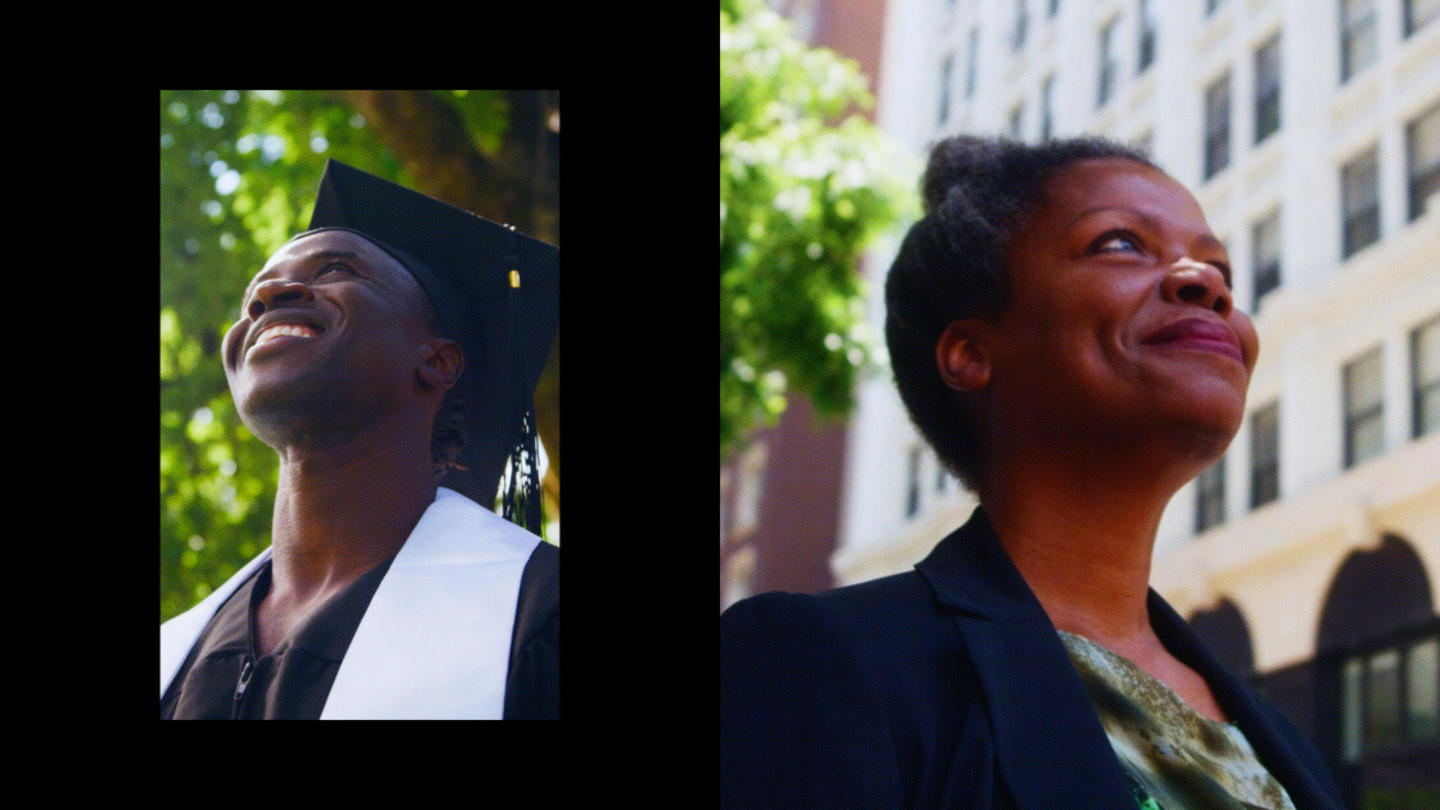“Higher education is not keeping up with the changing realities of our modern world,” said Education Designer Don Fraser, when describing a phenomenon he has observed many times over.
Today’s higher education system doesn’t reflect the realities and needs of today’s students. Although open jobs and job seekers are both plentiful, many college graduates struggle to find employment. They “graduate from college with a degree in hand, and their fingers crossed,” described Fraser.
Why is this the case? Employers, job seekers, and education institutions alike are all operating on outdated methods and based on an economy of the past. What we should have instead, said Fraser, is a system that operates much like GPS programs do in our daily lives.
“It gives me choices,” he said. “It shows me how to take the fastest route. It’s going to reroute me if I encounter an accident. It shows me the route that avoids tolls. Why can’t we do this within education? In this case, the path from school to work.”
Through Education Design Lab, Fraser is designing tools to make this vision a reality. The key may just lie in an innovation that many education programs are increasingly using: microcredentials. Microcredentials are smaller, but more focused, certifications of skills that students can present to employers, leading to more fulfilling, well-matched jobs for participants.
“What if there were a better path?” Fraser speculated. “One that was cheaper, faster, more nimble?”
Giving students, educators, and schools alike a seat at the table
“Higher education is broken,” said Fraser. “It’s not preparing people to be workers in today’s economy.”
There is a disconnect at play between schools and workplaces: Employers often examine the CVs of recent graduates and find they don’t have the skills they’re looking for. Often, while students can study applicable technical topics — for instance, majoring in computer science before applying to work in a tech role — they still lack some of the “soft skills” that will lead to success in the workplace, like teamwork or oral communication. Fraser characterized this as having “a butter knife when you need something like an X-ACTO knife.”
Education Design Lab is developing a method that will fundamentally change this dynamic. Students, employers, and educational institutions come together for open discussions. All three stakeholders collaborate on new and innovative ways to tweak higher education. And the time is now.
“The work that we do is really focused on changing the status quo,” said Fraser.
To fill the skills gap, education institutions are unpacking degrees to comprise smaller units of learning that are geared toward the skills that an employer is looking for. These microcredentials together can form a “micropathway,” a program that equips a student with the holistic skills needed for a specific job role. In doing so, the organization is using a human-centered design to make employers and educators co-creators of educational journeys that result in job opportunities directly after completion. Education Design Lab has launched micropathways in over 50 community college systems across the country thus far.
Microcredentials can be obtained in as little as a few weeks, garnering students a digital badge. An employer can then examine these badges online to see the exact learning a student undertook to earn them. That makes it far easier to determine what skills a prospective applicant has and how well they align with an employer’s objectives. Microcredentials can be directed at those interpersonal skills, including, for instance, collaboration.
“That’s going to be a game changer,” said Fraser.
Sign up for Stand Together's Rethinking Work & Learning newsletter to get the latest stories, ideas, and trends on the future of employment.
Empowering workers to forge their own career paths
To picture a micropathway, “Imagine stacking these microcredentials on a path,” said Fraser. “It makes it crystal clear how to go from point A to point B. Now I can see that if I start here, I might spend four months to get to this next point, and now I can actually see that point gets me that job earning this much.”
This can make the end goal of students’ hard work not just identifiable, but within reach. Such an approach can be tremendously motivating for job seekers and employers alike. In a landscape where companies often care less about where an applicant got their degree and more about whether or not they have specific capabilities to do the job, microcredentials can clear a path toward hiring motivated workers who are ready to contribute.
“The world is changing fast, and the way we learn needs to keep up,” Fraser said. “We want to make sure that all learners are able to achieve their goals in such a dynamic environment.”
This movement is more than just a way to benefit employers or streamline the hiring process. Guiding students along micropathways can lead to a workforce in which people land jobs that match their unique interests and strengths, increasing their sense of purpose and fulfillment. This can empower them to use their roles to contribute to society and their communities.
“This is a huge opportunity to unlock the jobs of the future — to fill the gaps that exist now between our workforce and what the future of our workforce actually needs,” Fraser said. “Learners, educators, employers — they all have a stake in co-designing and building a solution. It builds confidence. It builds agency, and at the end of the day, you’re building something that people actually want. If we bring the people who are closest to the problem into the conversation, we have a real shot at making this world a better place for everyone.”
***
Education Design Lab is supported by Stand Together Trust, which provides funding and strategic capabilities to innovators, scholars, and social entrepreneurs to develop new and better ways to tackle America’s biggest problems.
Learn more about Stand Together’s efforts to transform the future of work, and explore ways you can partner with us.

Why AI may help more people achieve the American Dream.

Data centers are at the forefront of the ‘new economy.’ But what exactly are they?

Here’s how to bridge the disconnect between employers and employees.

Lessons learned from Colorado.
